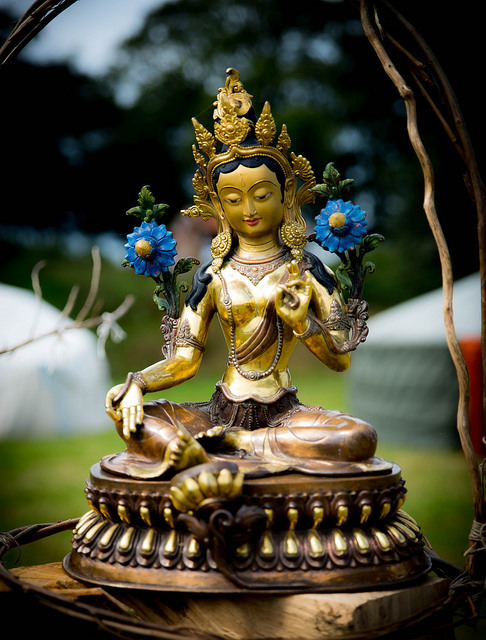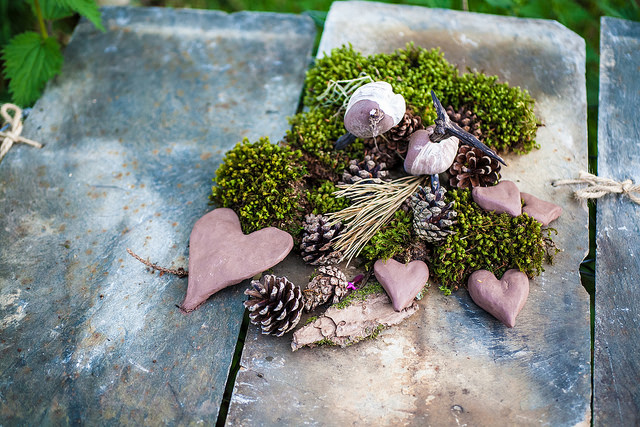Our forthcoming Broadhembury work week takes place between 19th and 25th February 2017, and is open to all to come help for a week, a day or somewhere in between!
Ruth Phillipson tells us about her experiences of working at Buddhafield’s Broadhembury site.
This last weekend I helped hold a work weekend at Broadhembury. Buddhafield owns this site, 28ish acres of woodland, on the side of a hill in the Blackdown Hills. It is a beautiful mythic site, but is also known to be quite a hard site. It’s down a muddy bumpy track, and kit must be wheelbarrowed over a bridge, and even got up a hill, to be set up. It’s worth the work though: it’s wet deciduous woodland, with secret paths and hidden epic trees. To get to the shrine tent you have to climb a hill and then walk along a track under mighty beeches, and past bright gorse, until you reach a clearing, with a great beech, nicknamed grandmother beech. Underneath its branches the big geodesic dome is set up. Years of practice has accumulated in that clearing and many rituals have taken place grouped round the big beech. When I arrived there last weekend and climbed the hill to greet her, I felt like I was greeting an old friend. Retreatants have lain along her limbs, whispered confessions and secrets into her mossy skin, and left offerings in the fork of her main branches.
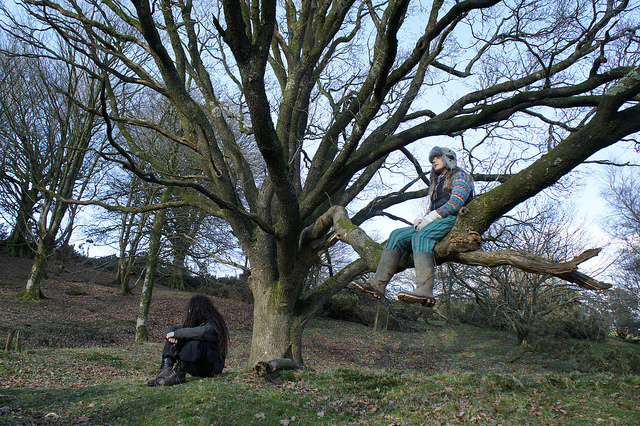
Though it is a site that takes a lot of work to set up, it also gets under your skin: you fall in love with it, with the trees, and the mud, and the ever rushing of water always playing along in the background. One day you can live life in a literal cloud, and then the next bask in bright sunshine. On the work weekend we experienced both!
The epic mission started on Friday morning, when Beth and I met at the Buddhafield community just outside Crediton, and drove to the few different places Buddhafield uses for storage. We filled her van with a dome, first aid kit, blankets, cushions, flooring and myriads of useful bits and pieces that weren’t on either of our lists, and set off down the A30. Already it felt like a mythic journey! I left Buddhafield a couple of years ago and went to live in Scotland at Dhanakosa, this event would be the first one I had done since then, and it felt really good to be working in a group, with another woman. We stopped in Honiton for food shopping and a few last bits and pieces, and then braved the bumpy track. It was a bit hairy, but we got up to the hard standing, a concreted place, which we have traditionally used for live-in vehicles.

We were greeted by a building site. Satyajit has been at Broadhembury for a couple of weeks already, using a mini digger and dump truck to create a flat terrace which we can use for a car park, and also to dig out ditches beside the track, and do some base work on the track itself. The plan is to put stone along most of the track to make it usable for cars to get up, we arrived right in the middle of that, before the stone, but after the digging out, so it was pretty muddy!
This is the view from the hardstanding, with Satyajit’s big blue van on the left, and a track heading into what will be the car park in the middle.

Beth and I left Satyajit to his digger, and carried onto the field next to the hard standing. We put up a shrine/sleeping dome and, just as we finished it, more people arrived: other community members, a friend of theirs and later on another ex-Buddhafielder, Leif. We had dinner together in Satyajit’s bus, which was to be our main base for eating, cooking, and generally hanging out, and did a dedication ceremony, heading to bed excited about the weekend, about working together, and about making this bit of land easier to access.
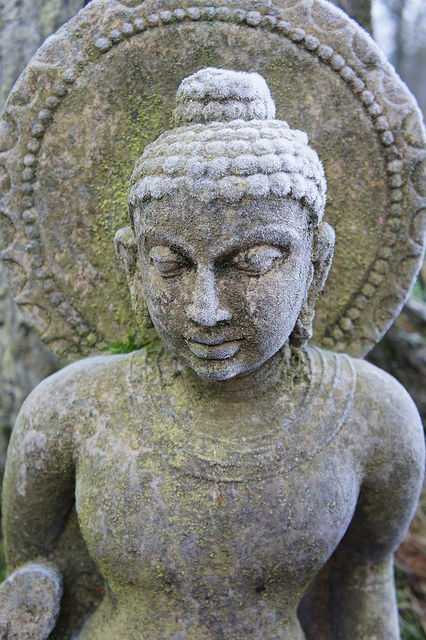
We woke to a beautiful clear sunrise, pink edging along the horizon, and a cold chill to the air. It was so quiet, apart from the sound of water. We gathered sleepily in the shrine to start our day, and after breakfast and a check-in, Satyajit took us on a walk around the land. It was so good to see the extent of our land, to see little bits that I hadn’t seen before, and to hear some of the history behind what has been done to different parts. There have been many plans for Broadhembury: from growing vegetables and willow to having a forest garden. Currently, the main focus is to make it easy to hold a retreat there, easy for people to access this wonderous corner of the world.
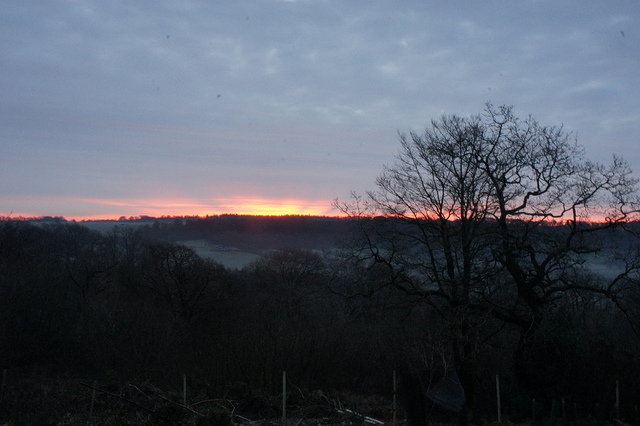
The rest of that day, and also Sunday, was spent focusing on the track. Undergrowth grows thickly along the sides of the track, brambles, and honeysuckle, rhododendron and hazel, all grow along the fence on one side and the ditch bank on the other. The ditch is sometimes almost covered over with years worth of fallen branches and leaves. Our aim was to clear away some of this, making the track more passable. Saturday afternoon was an experience of Broadhembury at its best. The sun shone brightly, and we all stripped layers off and turned towards the light, enjoying the heat. We slowly worked our way up the track, digging out bramble roots with cries of satisfaction, snipping back honeysuckle and gathering all the cuttings into the van to be burnt. As it grew dim we headed back to the van, for dinner, and then a puja.
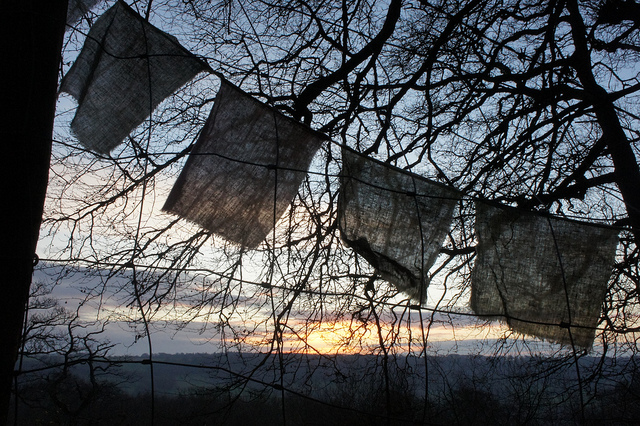
Later that night it started to rain. And it rained, and rained, and rained. Sunday was a day of wet work, of eating biscuits endlessly, and wet clothes and raincoats hanging everywhere in the van, of getting covered in mud and smiling, and of leaning into just letting the elements be. Here is where practice comes. It is so easy to smile and be generous and happy when the sun is out, but when it starts raining, and there is still work to be done, and your feet are wet, and there are 7 of you squeezed into a small van, that is where practice starts, and continues. I definitely had a few momentary meltdowns, but generally, I think being in a group, working closely together helped us cope with the rain. We were able to find joy and laughter in what we were doing.
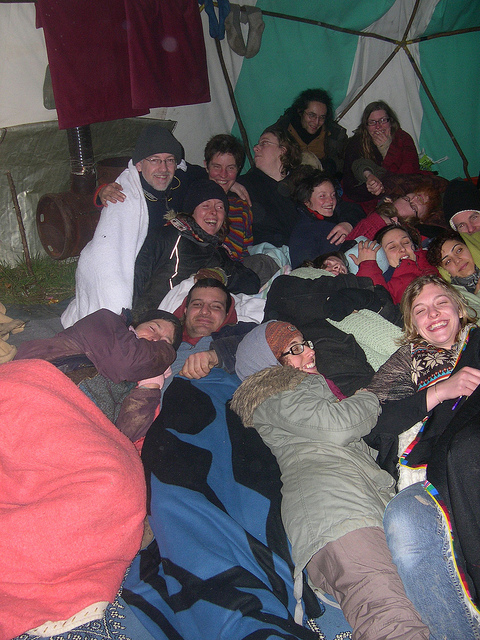
Image from a previous retreat in 2011
On Monday morning we gathered ourselves, wet trousers and jumpers, tents and blankets and, after the transference of merit, we all headed off to our homes, and onto other adventures. The ground has been prepared for the next work retreat (19th to 25th February 2017) when we will be working on the hearth area.
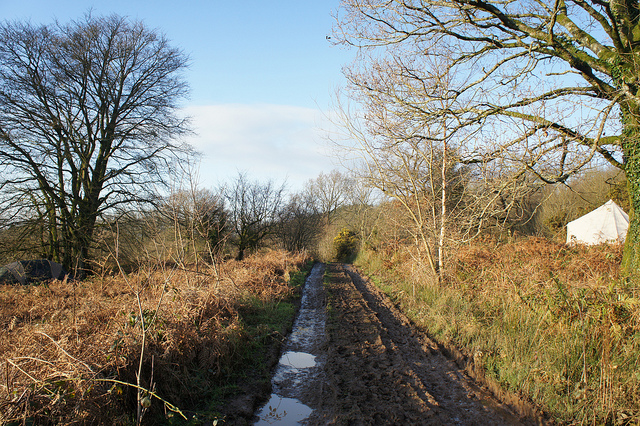
Images by Kirsty Porter and Vidaydasi
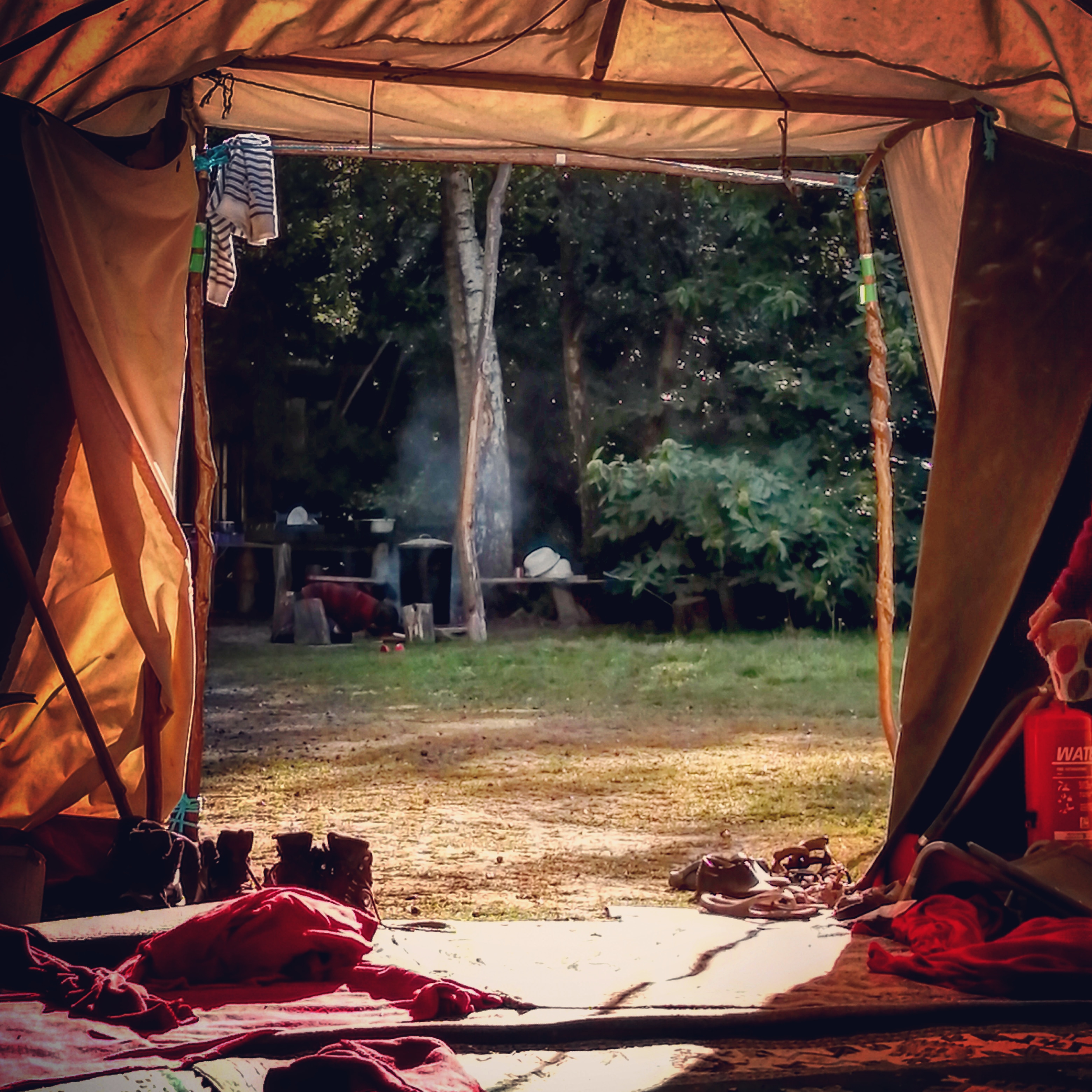






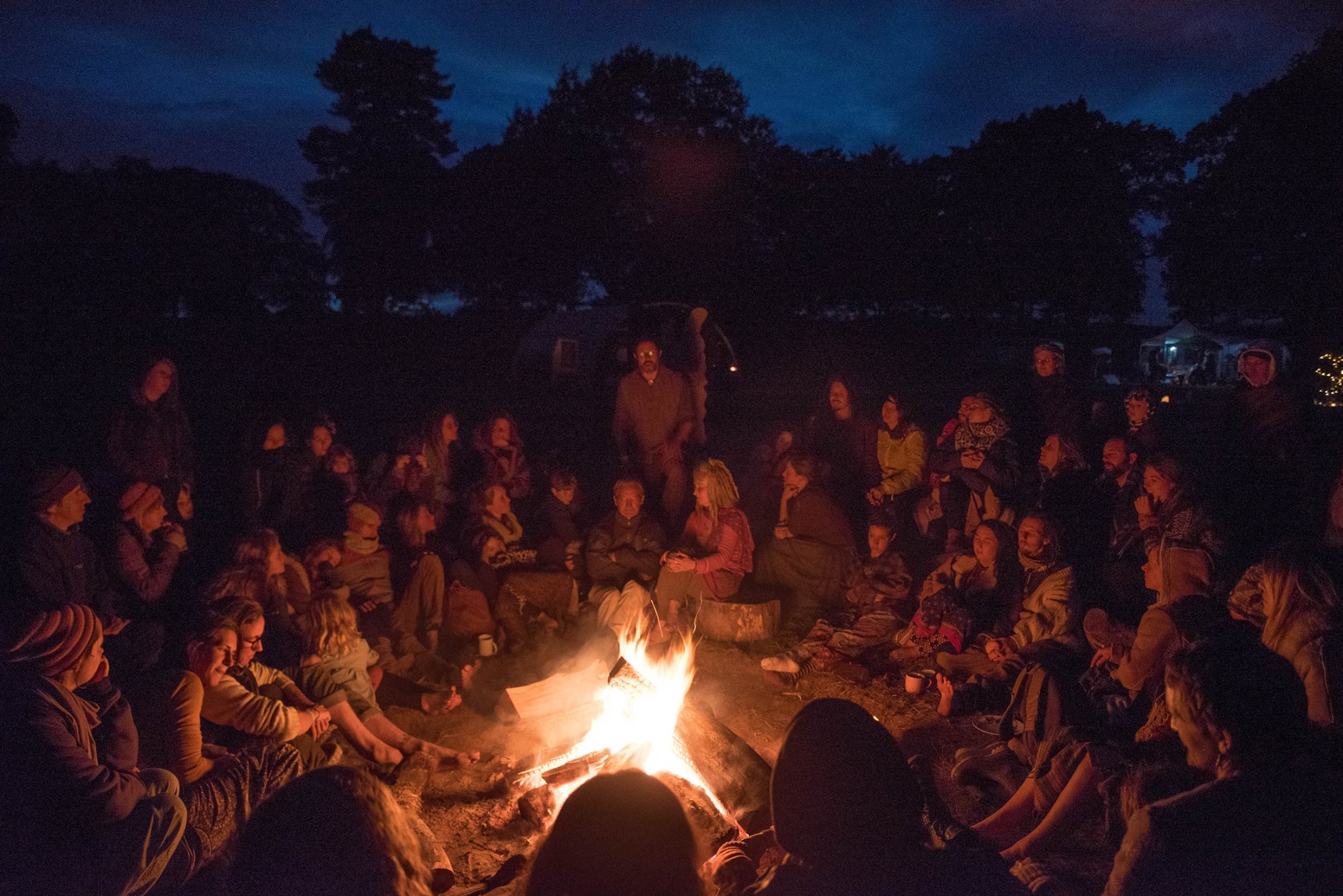
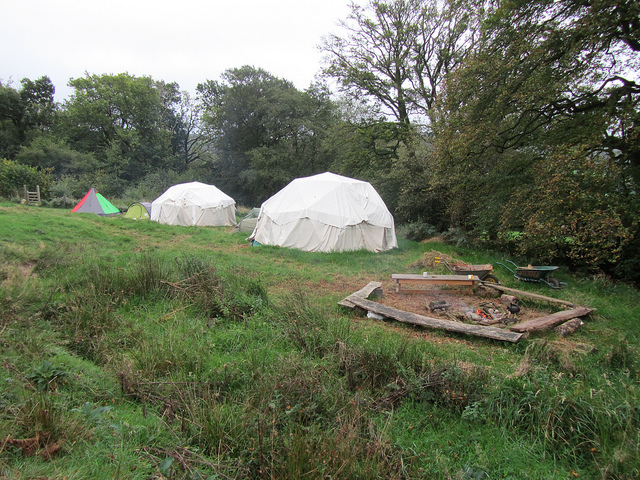
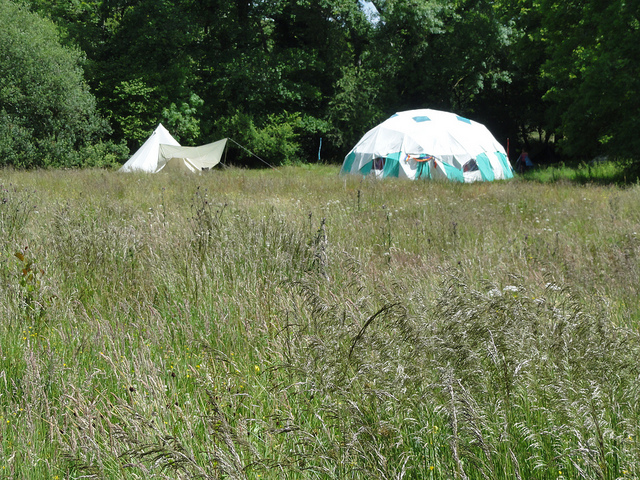
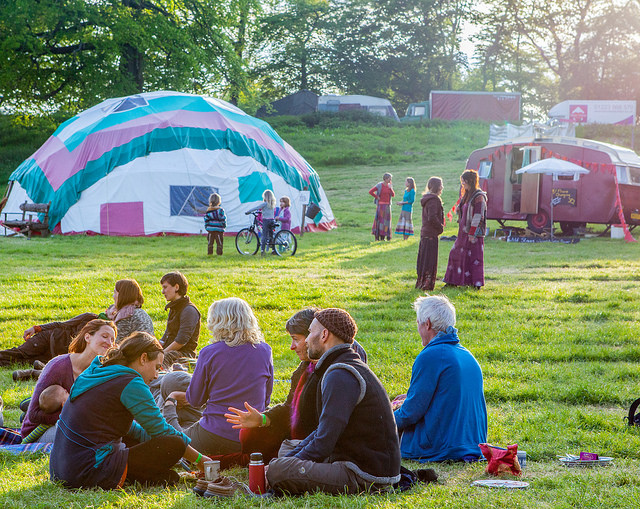

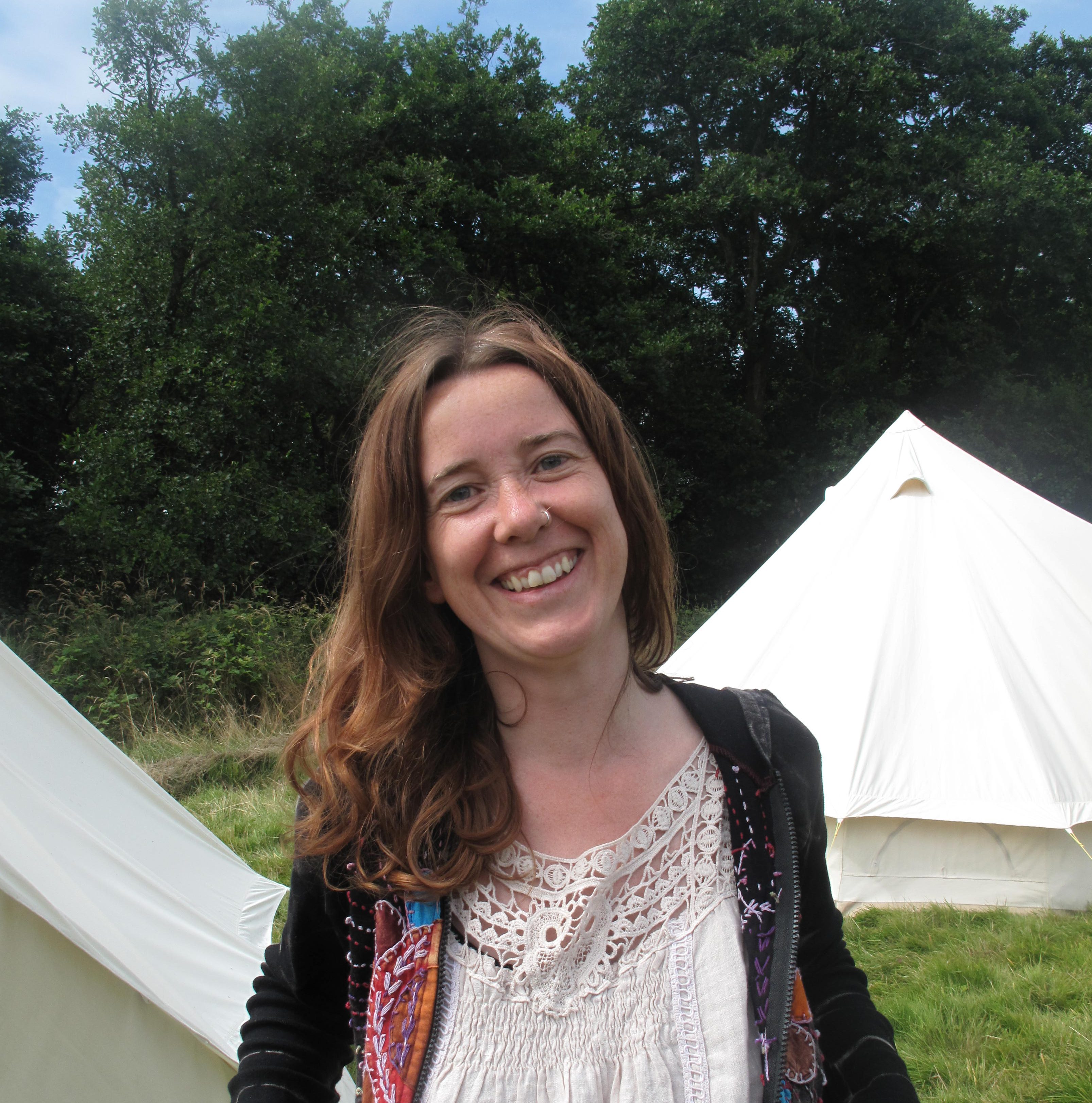
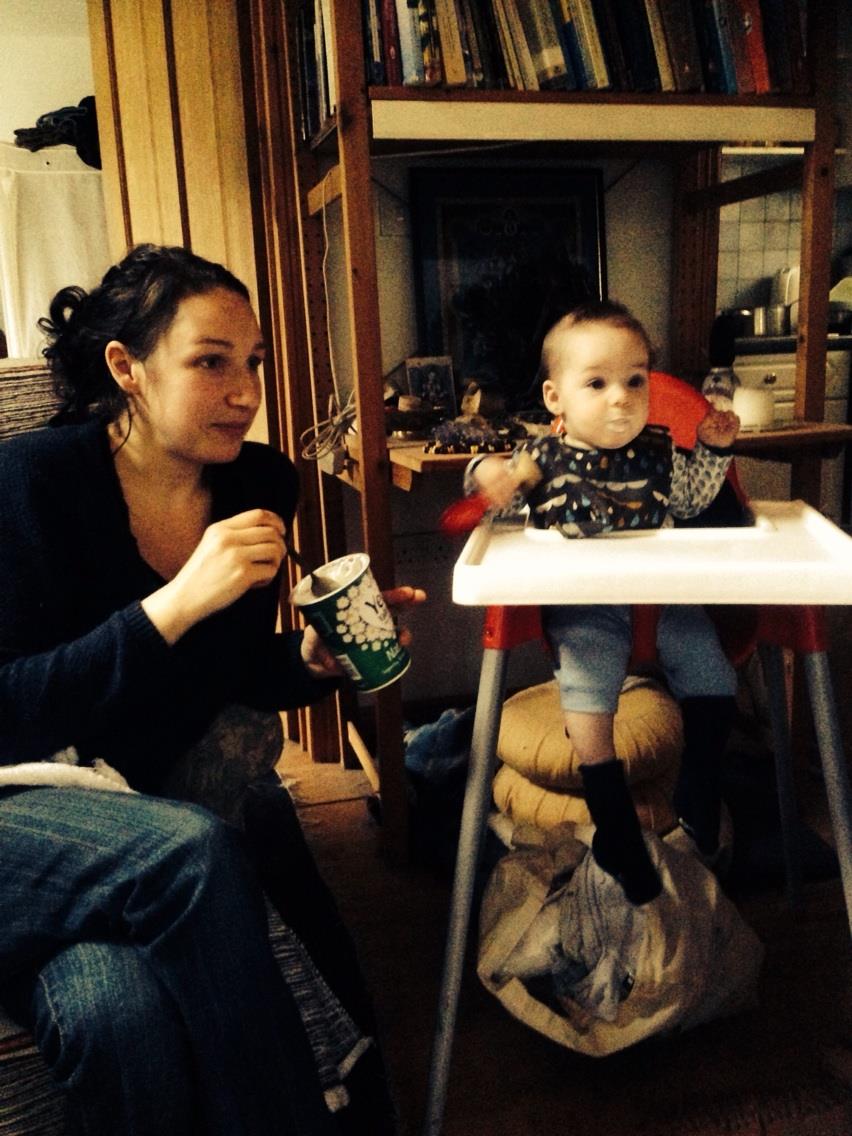
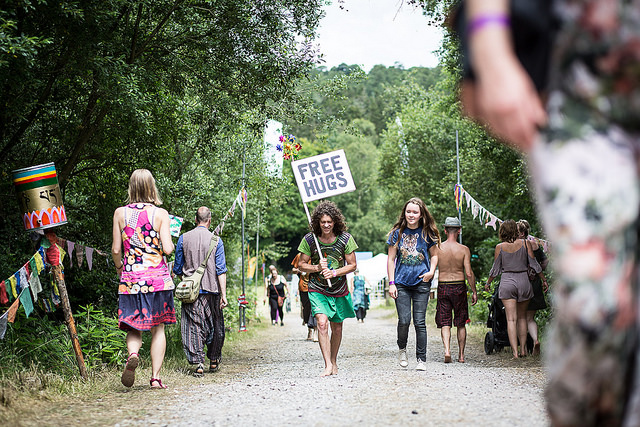

.jpg)
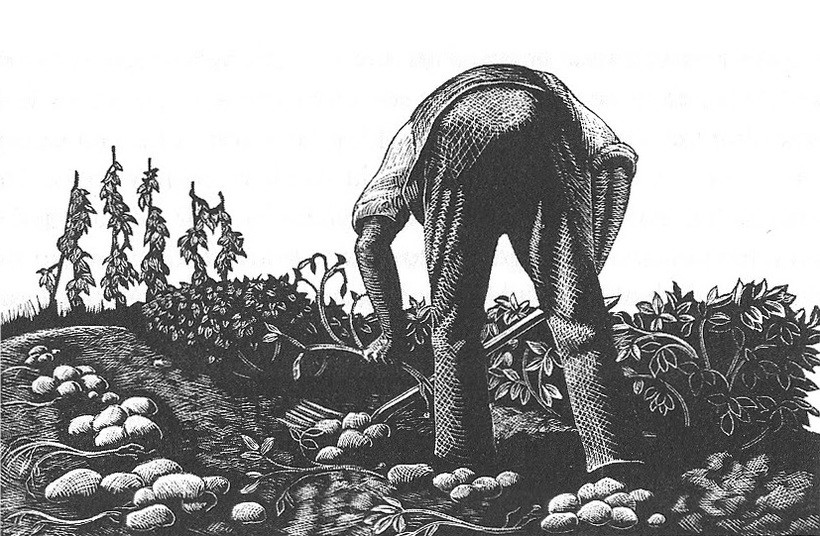 Wood engraving of man digging potatoes. Image: Claire Leighton, courtesy of the artist’s estate
Wood engraving of man digging potatoes. Image: Claire Leighton, courtesy of the artist’s estate
